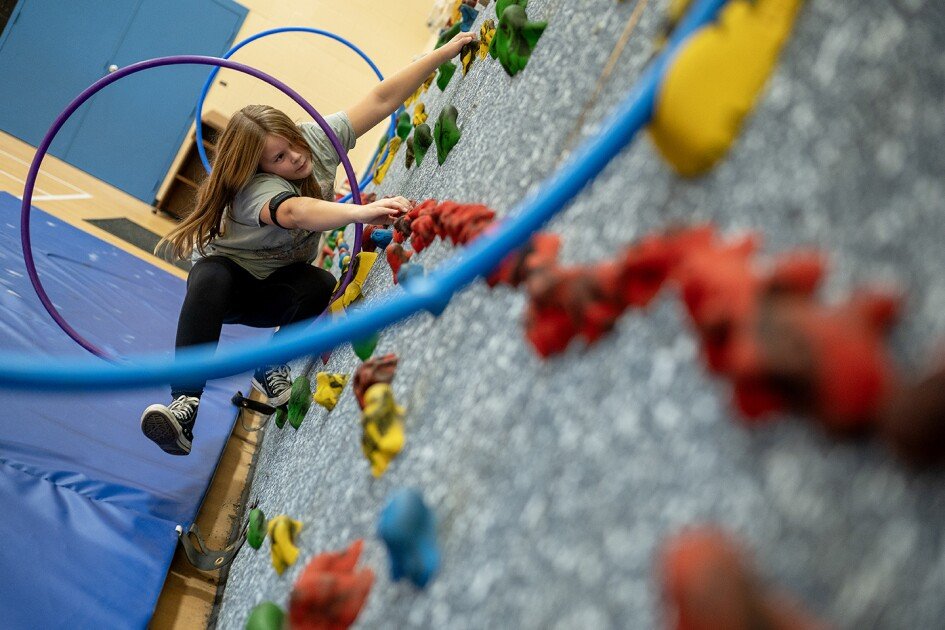Centers for Disease Control and Prevention (CDC) and Edweek—provide educators with strategies to incorporate movement into the classroom. They emphasize the benefits of physical activity breaks for students’ health, well-being, and academic performance.
Teachers can use these resources to implement short, structured physical activity breaks throughout the school day. These breaks can include exercises, games, and other interactive activities that engage students and promote movement. By incorporating movement into academic instruction, teachers can reinforce key concepts and enhance student learning.
While few schools currently require regular activity breaks, teachers can take the initiative to bring movement into their classrooms. By planning ahead, gaining support from school leaders and students, and understanding school policies, educators can create a physically active classroom environment.
Ultimately, integrating movement into the classroom is a powerful strategy to improve student outcomes. By providing students with opportunities for physical activity, teachers can help them manage stress, anxiety, and mental health issues in a non-stigmatizing way. With the right resources and support, educators can create a culture of movement and wellness in their classrooms, benefiting students’ overall health and academic success.
Incorporating movement into the classroom has numerous benefits for students, including increased engagement, improved focus, and the development of healthy habits. By utilizing practical strategies and activity ideas from reputable sources like the Centers for Disease Control and Prevention (CDC), the National Library of Medicine, the National Network of Public Health Institutes, and previous reporting from EdWeek, teachers can create dynamic learning environments that promote physical activity and academic success.
One key strategy for incorporating movement into the classroom is to integrate physical activity breaks throughout the day. These breaks can take the form of quick energizing exercises, dance breaks, or stretching routines. Not only do these breaks help students release pent-up energy and refocus their attention, but they also provide a much-needed mental and physical break from sedentary learning.
Additionally, teachers can incorporate movement into academic lessons by incorporating kinesthetic learning activities. This approach involves using physical movements to reinforce learning concepts, such as acting out vocabulary words, using hand gestures to represent math equations, or engaging in role-playing activities to explore historical events. By incorporating movement into academic lessons, teachers can appeal to a variety of learning styles and enhance student understanding and retention of key concepts.
Furthermore, teachers can create active learning environments by providing students with opportunities for movement during group work or independent study. For example, teachers can set up standing desks, stability balls, or yoga mats for students to use during class activities. Additionally, teachers can encourage students to take brain breaks by incorporating movement-based games or activities into their lessons, such as Simon Says, charades, or scavenger hunts.
Overall, by incorporating movement into the classroom, teachers can create more engaging and productive learning environments while helping students develop lifelong habits of physical activity. By utilizing the practical strategies and activity ideas provided by reputable sources, educators can make movement an integral part of the daily classroom experience, promoting both academic success and overall well-being for students. The Importance of Outdoor Play for Children’s Development
Outdoor play is crucial for children’s physical, cognitive, and emotional development. In today’s tech-savvy world, where children are often glued to screens and devices, it is more important than ever to encourage outdoor play and exploration. Research has shown that outdoor play has numerous benefits for children, both physically and emotionally.
One of the most significant benefits of outdoor play is the opportunity for children to engage in physical activity. Running, jumping, climbing, and playing outdoor games all help children develop their gross motor skills, strength, and coordination. This physical activity is essential for their overall health and well-being, helping them build strong muscles and bones while also reducing the risk of obesity and other health issues.
In addition to physical benefits, outdoor play also provides children with opportunities for sensory exploration. The sights, sounds, and textures of the natural world stimulate their senses and encourage curiosity and creativity. Children can observe plants, animals, and insects, learning about the environment and developing a sense of wonder and appreciation for the world around them.
Outdoor play also promotes social and emotional development in children. Playing outdoors with other children helps them learn important social skills such as sharing, taking turns, and resolving conflicts. It also fosters teamwork, communication, and cooperation, as children work together to build forts, play games, or explore new environments. Outdoor play can also help children build self-confidence and self-esteem, as they overcome challenges and take risks in a safe and supportive environment.
Furthermore, outdoor play has been linked to improved cognitive development in children. Research has shown that playing outdoors can enhance children’s creativity, problem-solving skills, and cognitive flexibility. Outdoor play also provides opportunities for hands-on learning and discovery, as children engage in imaginative play, build forts, dig in the dirt, or explore natural materials.
In conclusion, outdoor play is essential for children’s development in numerous ways. It provides them with physical activity, sensory stimulation, social interactions, and cognitive challenges that are crucial for their overall well-being. As parents and caregivers, it is important to encourage children to spend time playing outdoors, exploring nature, and engaging in physical activities that promote their growth and development. By prioritizing outdoor play, we can help children develop important skills and qualities that will benefit them throughout their lives.


